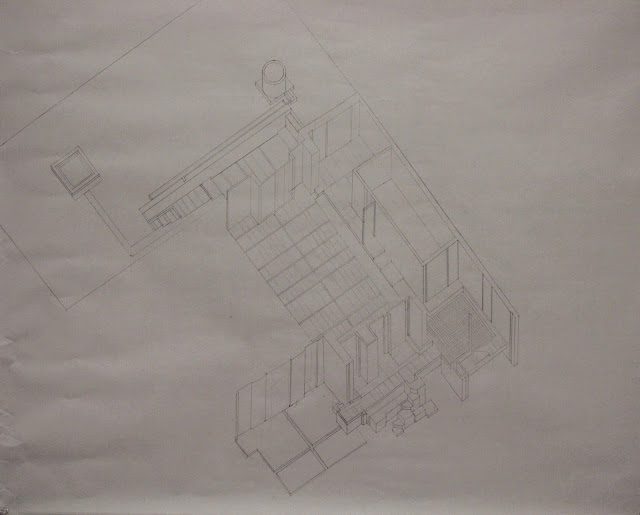 |
| Reflected Ceiling Plan |
 |
| Floor Plan |
 |
| Side Elevation |
 |
| Section A |
 |
| Section B |
 |
| Front Elevation |
 |
| Section D |
 |
| Section C |
 |
| Back Elevation |
 |
| Section E |
 |
| Section F |
 |
| Final Pin-Up |
 |
| Final Model [side elevation] |
 |
| Final Model [back elevation] |
 |
| Reflected Ceiling Plan |
 |
| Floor Plan |
 |
| Side Elevation |
 |
| Section A |
 |
| Section B |
 |
| Front Elevation |
 |
| Section D |
 |
| Section C |
 |
| Back Elevation |
 |
| Section E |
 |
| Section F |
 |
| Final Pin-Up |
 |
| Final Model [side elevation] |
 |
| Final Model [back elevation] |
 |
| exploratory scroll |
 |
| concept sketch |
 |
| concept sketch |
 |
| concept model |
 |
| concept model |
 |
| line generator |
 |
| drawings from line generator |
 | |
|
 | |
|
 |
| shift concept |
 |
| concept sketch |
 |
| analogous model |
 |
| flower shop concept |
 |
| Performance model concept |
 |
| Model reference |
 |
| 1/8" - 1' Axon showing water depth |
 |
| Performance model artifact |
 |
| Gel wax model |
 |
| 1/8" - 1' Constructed Drawing |
 |
| Floor plan |
 |
| Section A |
 |
| Section B |
 |
| 1/8" - 1' Axon |
 |
| Elevation of gates |